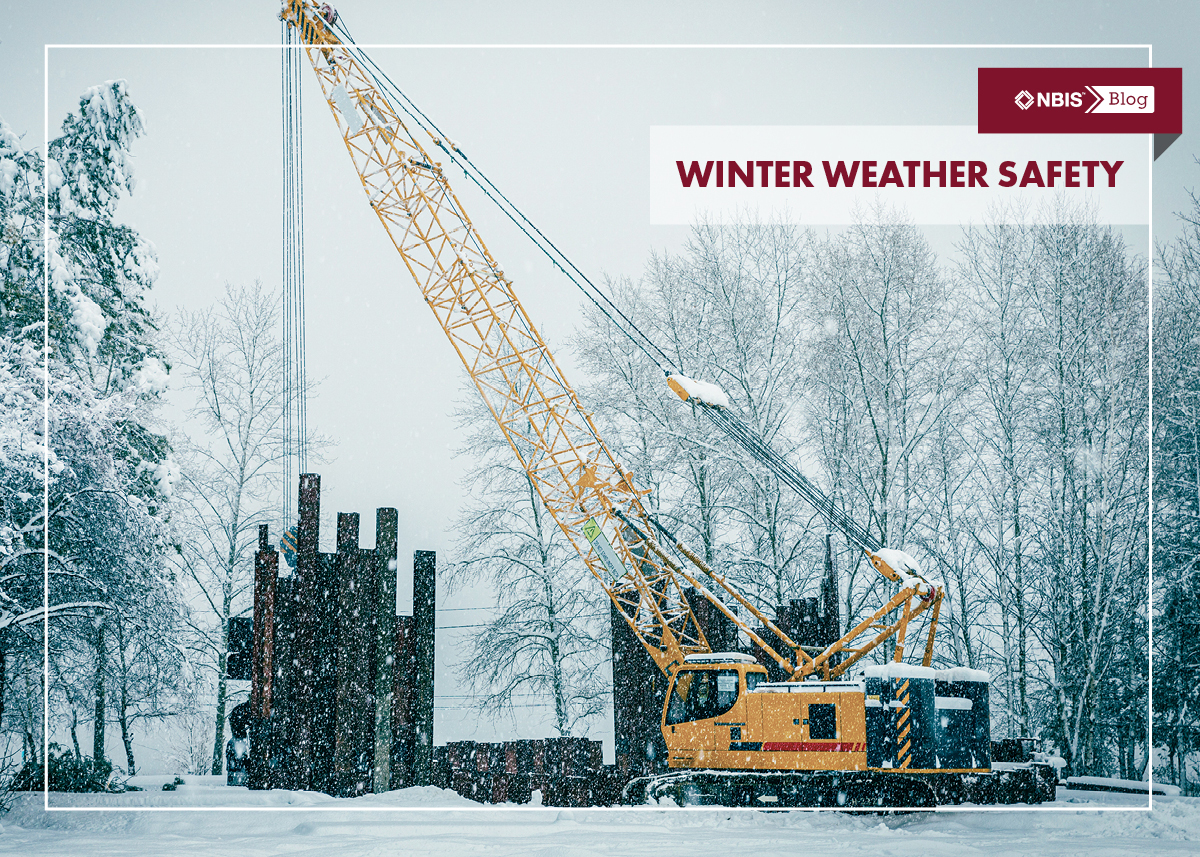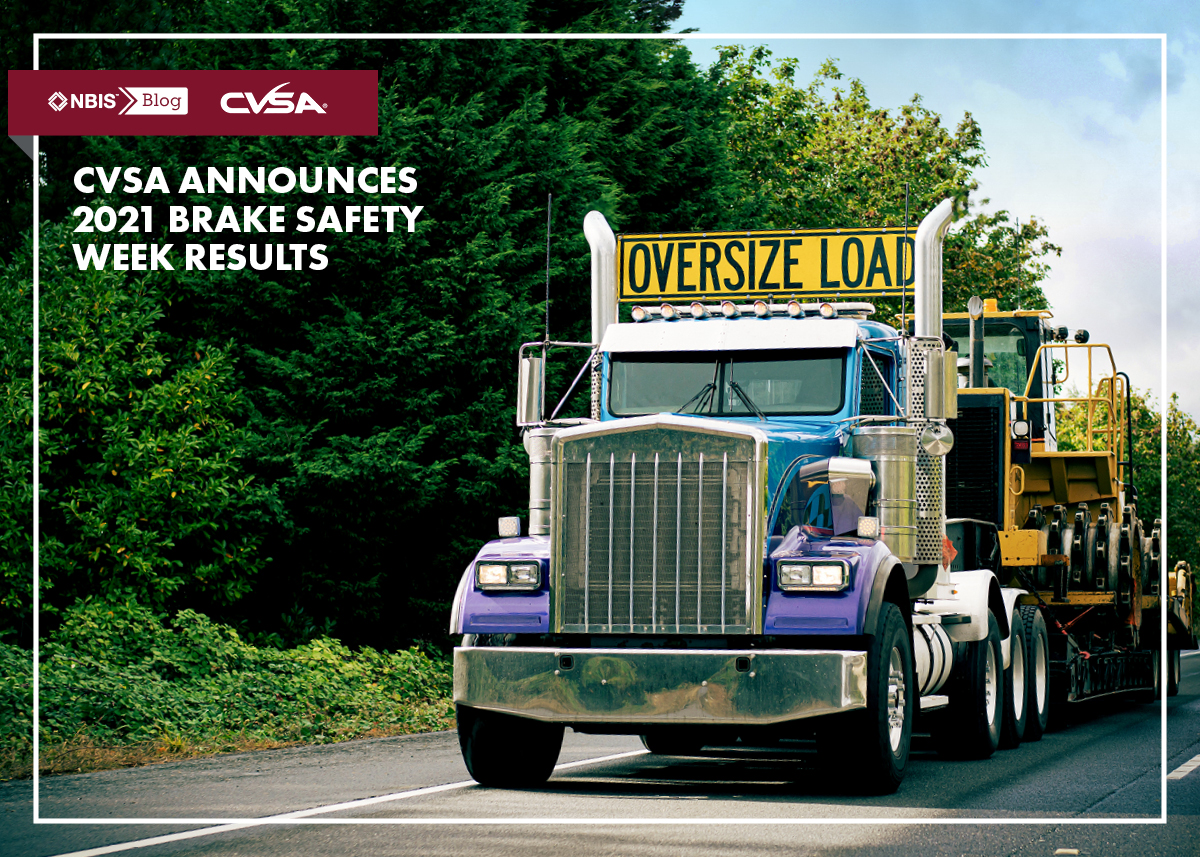As the end of the year approaches and winter sets in, a host of seasonal considerations should be on your radar. To put it simply, as temperatures drop, hazards increase.
Under the Occupational Safety and Health Act (OSH Act) of 1970, employers are expected to protect workers from the hazards of cold exposure. According to OSHA, cold stress can lead to serious health problems, tissue damage, and even death. In fact, OSHA reports that every year, workers are killed or seriously injured while performing snow or ice removal from buildings.
The good news is, cold-related illnesses and injuries such as chilblains, trench foot, frostbite, or hypothermia (detailed thoroughly in this Occupational Safety & Health article) can be avoided with responsible adherence to safe procedures.
Checklist to Prevent Cold Weather Hazards
In an earlier post, we detailed some safety tips for those performing work in cold weather. To ensure these safety measures are followed, the National Institute for Occupational Safety and Health (NIOSH) recommends employers implement a cold-related illness and injury prevention program. Start with this checklist as you develop your cold weather plan:
- Train workers to prevent, recognize, and treat cold stress illnesses and injuries
- Provide all necessary personal protective equipment (PPE) to keep skin dry and warm
- Make sure those working in cold conditions dress appropriately:
- An inner wicking layer, middle insulation layer, and outer wind/rain protection
- Hat/hood, knit mask, insulated gloves
- Water-resistant or rubber footwear with good traction and insulation
- Extra clothing on hand to change into if clothing gets wet
- Check that all workers are staying dry—moisture from sweating can increase heat loss
- Schedule and require frequent breaks in warm areas
- Require the buddy system so workers can monitor each other for cold stress signs
- Keep plenty of warm sweetened liquids (never alcohol) readily available for workers to prevent dehydration
- Prevent slips, trips, and falls by clearing snow and ice from walking surfaces
- Ensure workers know how snow and ice should be removed from surfaces and buildings based on project layouts and load limits
- Require proper fall protection equipment
- Provide additional training for employees with vehicle and transport duties to prevent accidents on snowy, icy, or slushy roads
- Provide engineering controls such as radiant heaters to warm workers in outdoor security stations, and shields to reduce wind chill from drafts
- Monitor that everyone working in icy, snowy, or wet conditions takes short steps and walks at a slower pace
- Ensure work zones are clearly identified by signs, cones, and barriers
It’s your responsibility to take steps to ensure your workers are safe and protected while on the job in winter weather. For additional assistance on how to develop a safety program or safety training, contact your Risk Management partners at NBIS today. We’ll help you weather winter with confidence.






